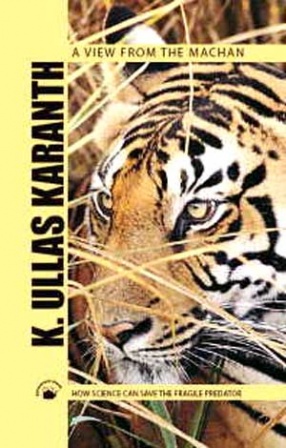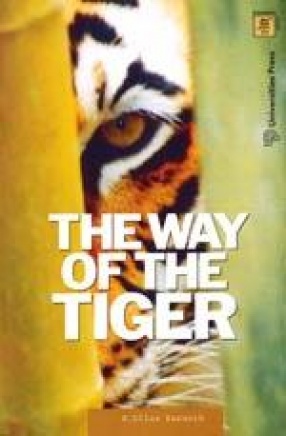
Showing all 4 books



Conservationists might set out with very different objectives: perservation and recovery of rare and threatened species-as with rhinos or bustards, sustaining a steady supply of useful products for human use-as with fisheries, or even eliminating threats to human life or livelihoods as in the case of rodent pests or man-eating tigers. None of these objectives, however, can be effectively met without a clear understanding of how wild populations of these species ...

The Science of Saving Tigers puts together twenty significant articles on topics ranging from tiger ecology to critiques of government policy from a selection of over seventy that have appeared in various national and international journals, spanning Dr Karanth’s work over two decades. It is essential reading for serious students of conservation biology and will serve as a vital information resource for tiger conservationists in particular.

The Way of the Tiger is an outstanding primer; it is a scientist's explanation to a popular audience-of the natural history and conservation of one of the planet's most charismatic animals. Tigers have been admired and revered by human cultures for thousands of years. They have also been ruthlessly persecuted as pests or killed for trophies and body parts. Now, the tiger is used as a powerful symbol for global conservation. Wildlife biologist Ullas Karanth, who ...

A View from the Machan is natural history a science? Are there scientific ways in which we can give wild animals a better chance of survival? How does conservation actually work? Ullas Karanth has been evolving practical, science-based conservation solutions for over a quarter of a century. He has developed camera-trap sampling techniques that are now employed to monitor predators such as tigers, jaguars, cheetahs, and leopards across the world. His book provides ...
